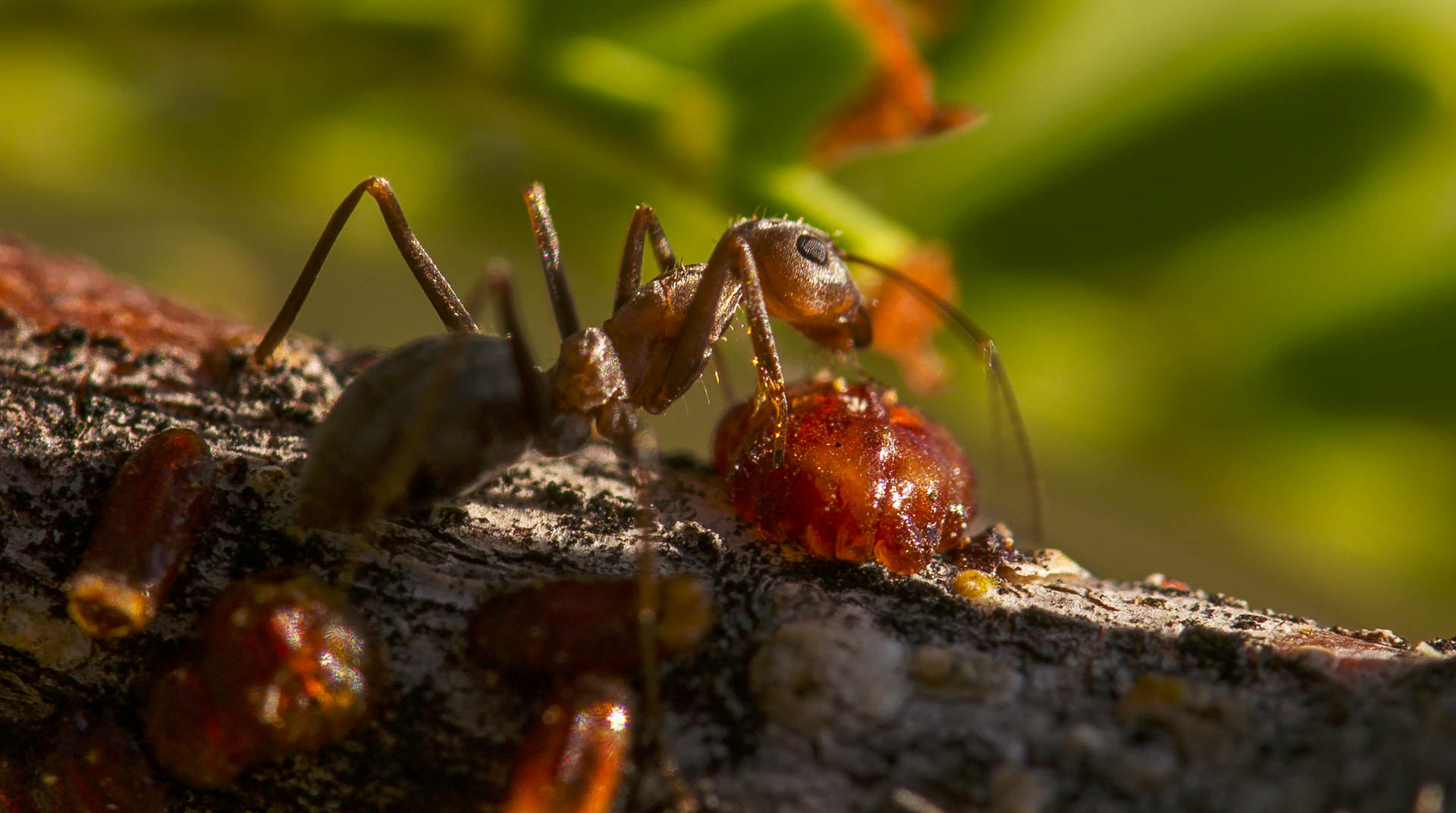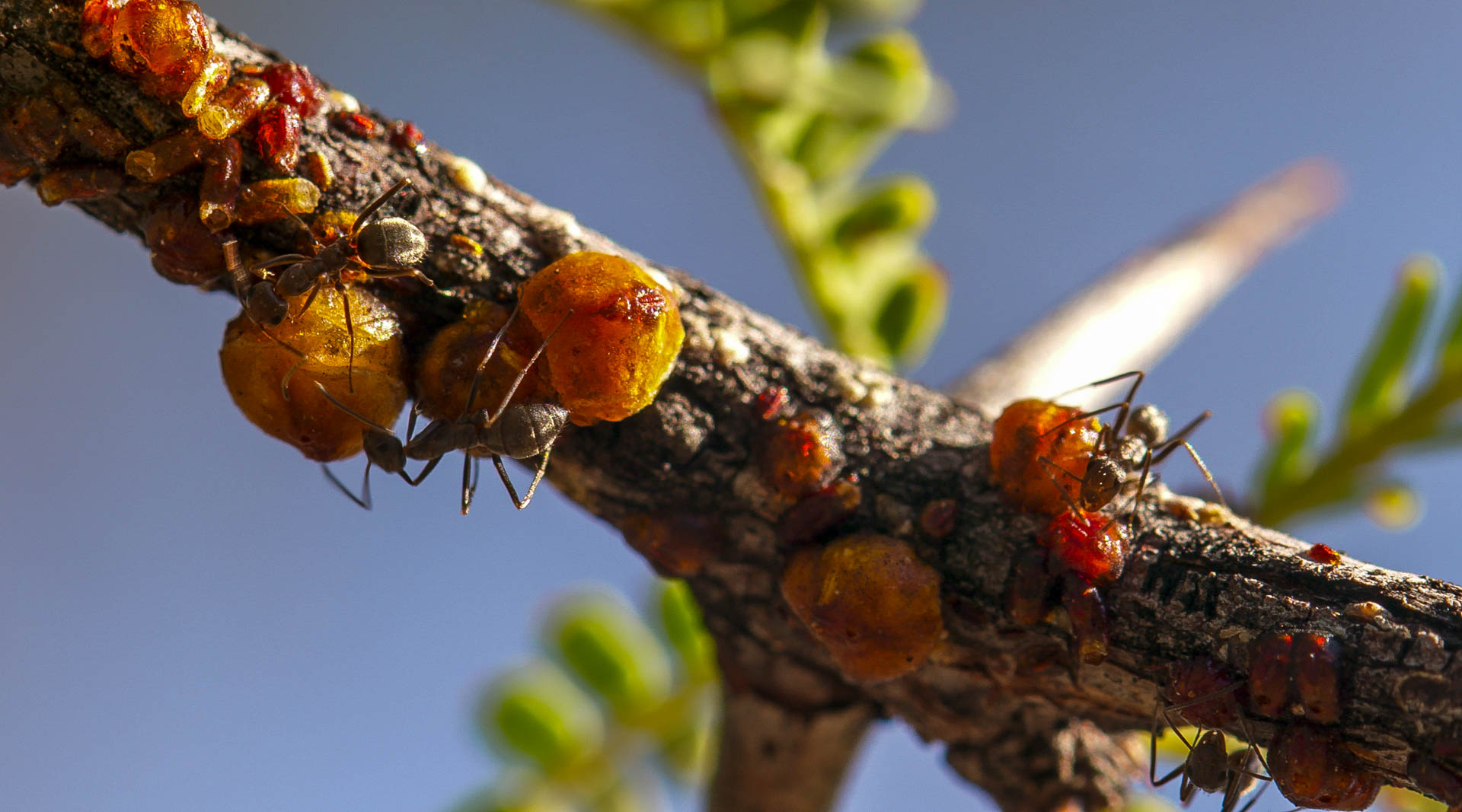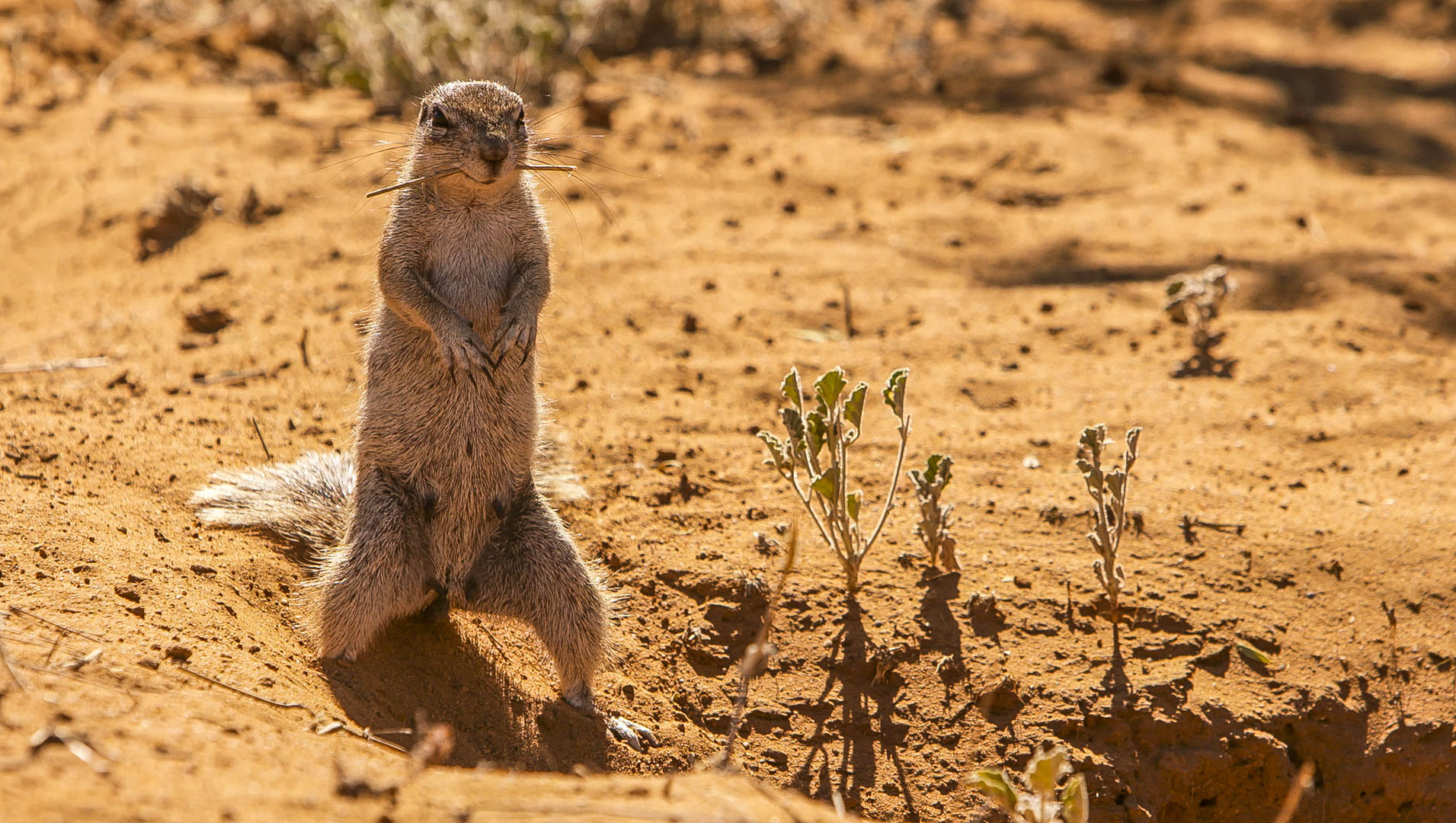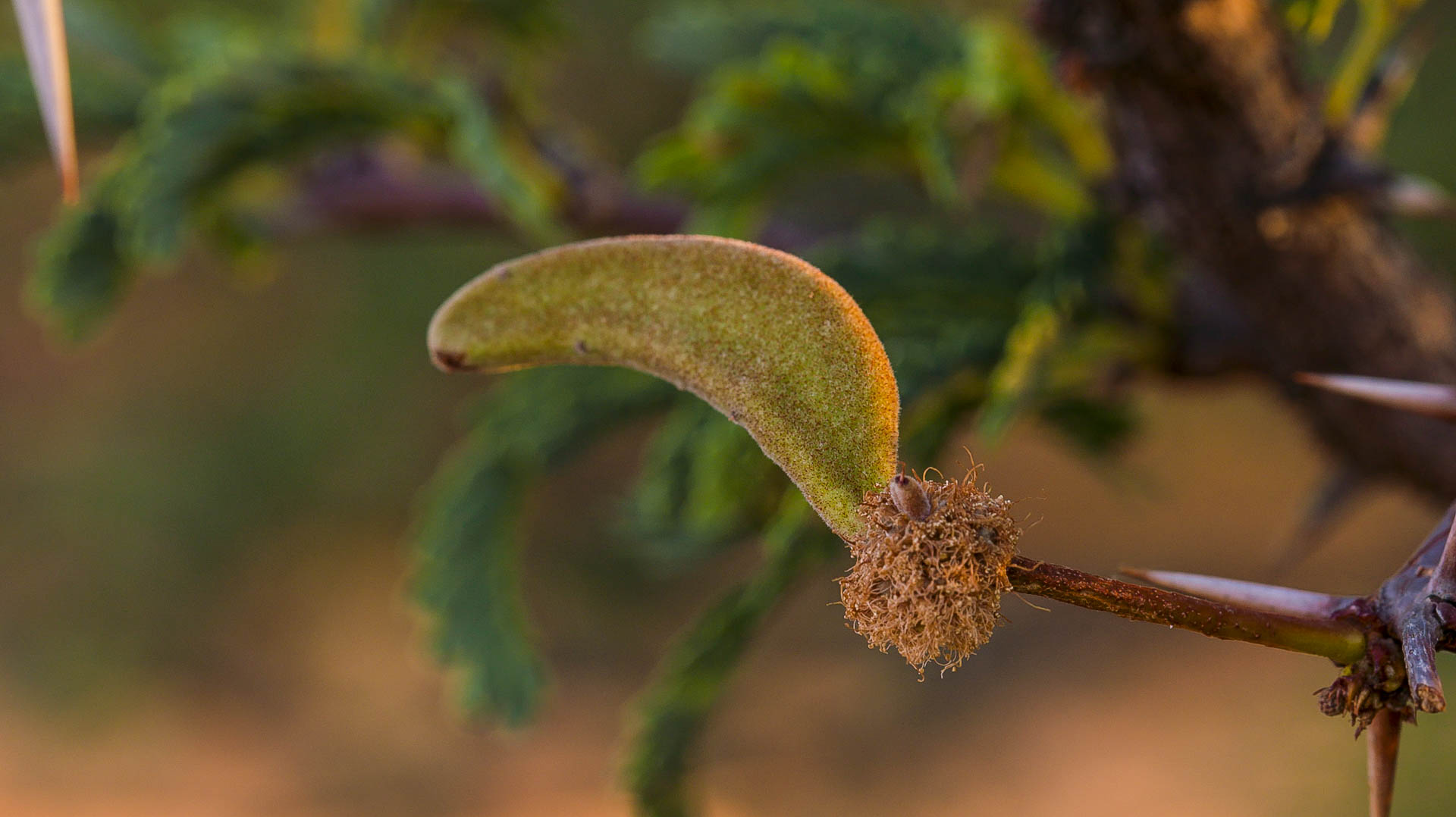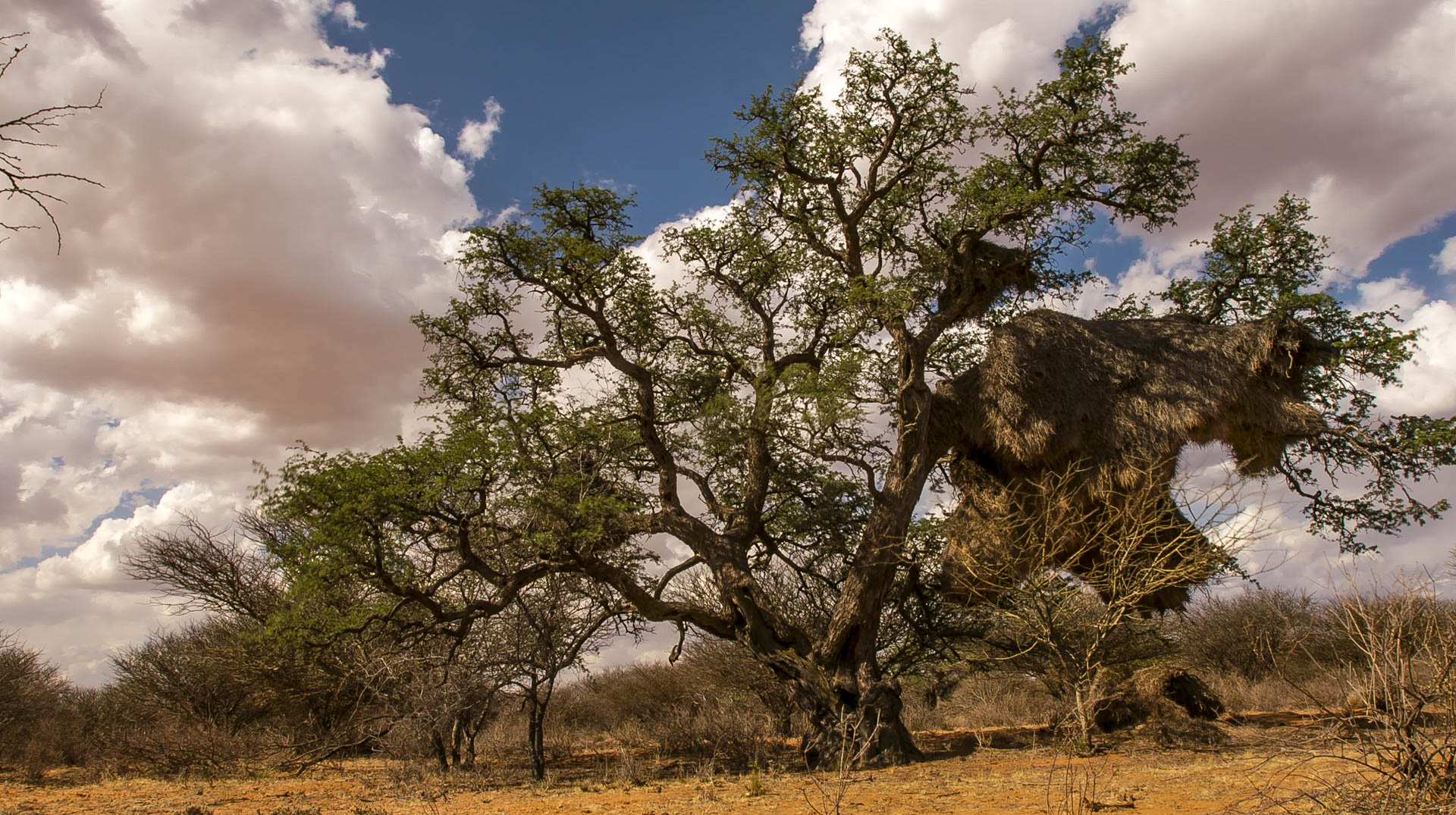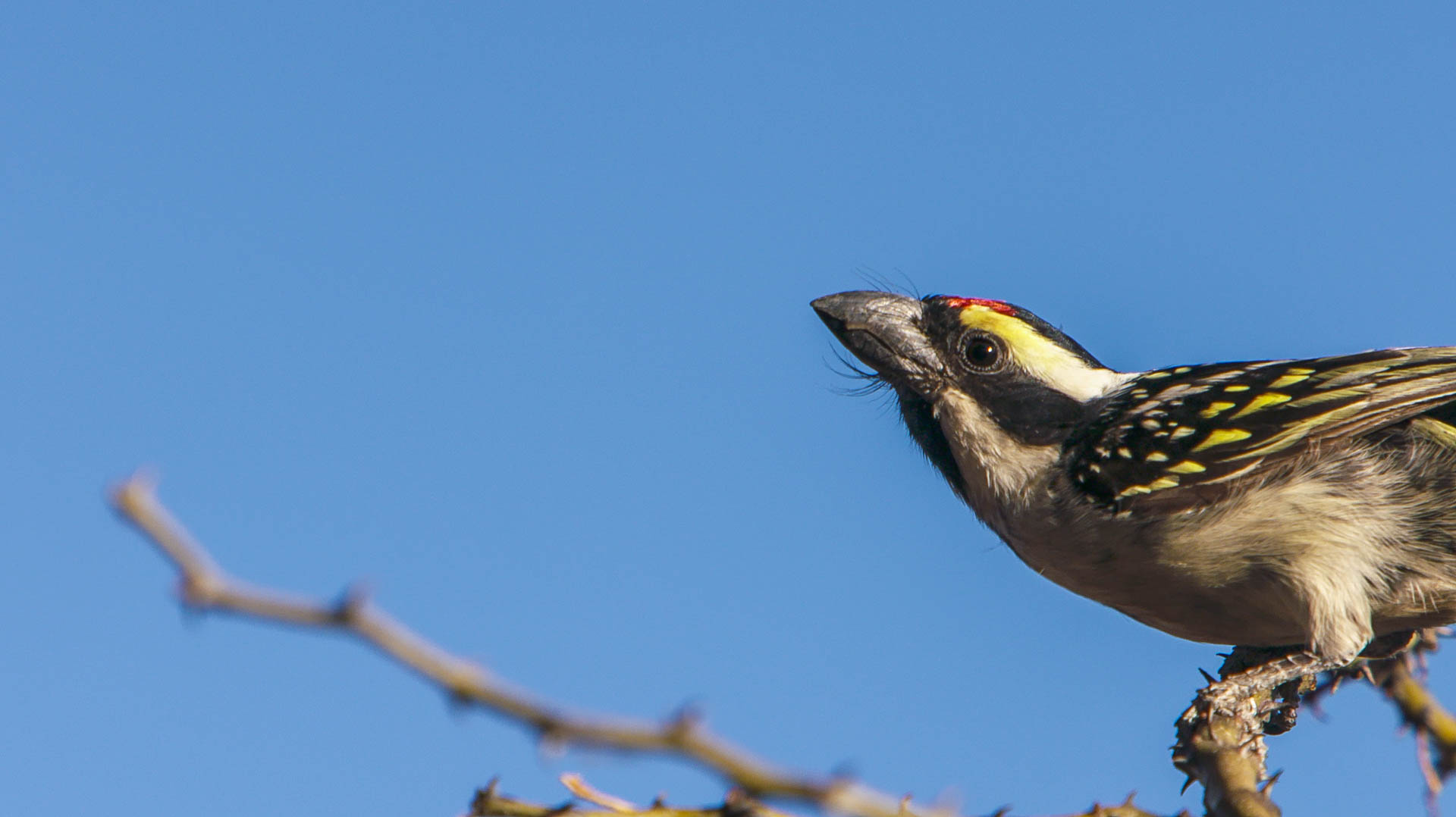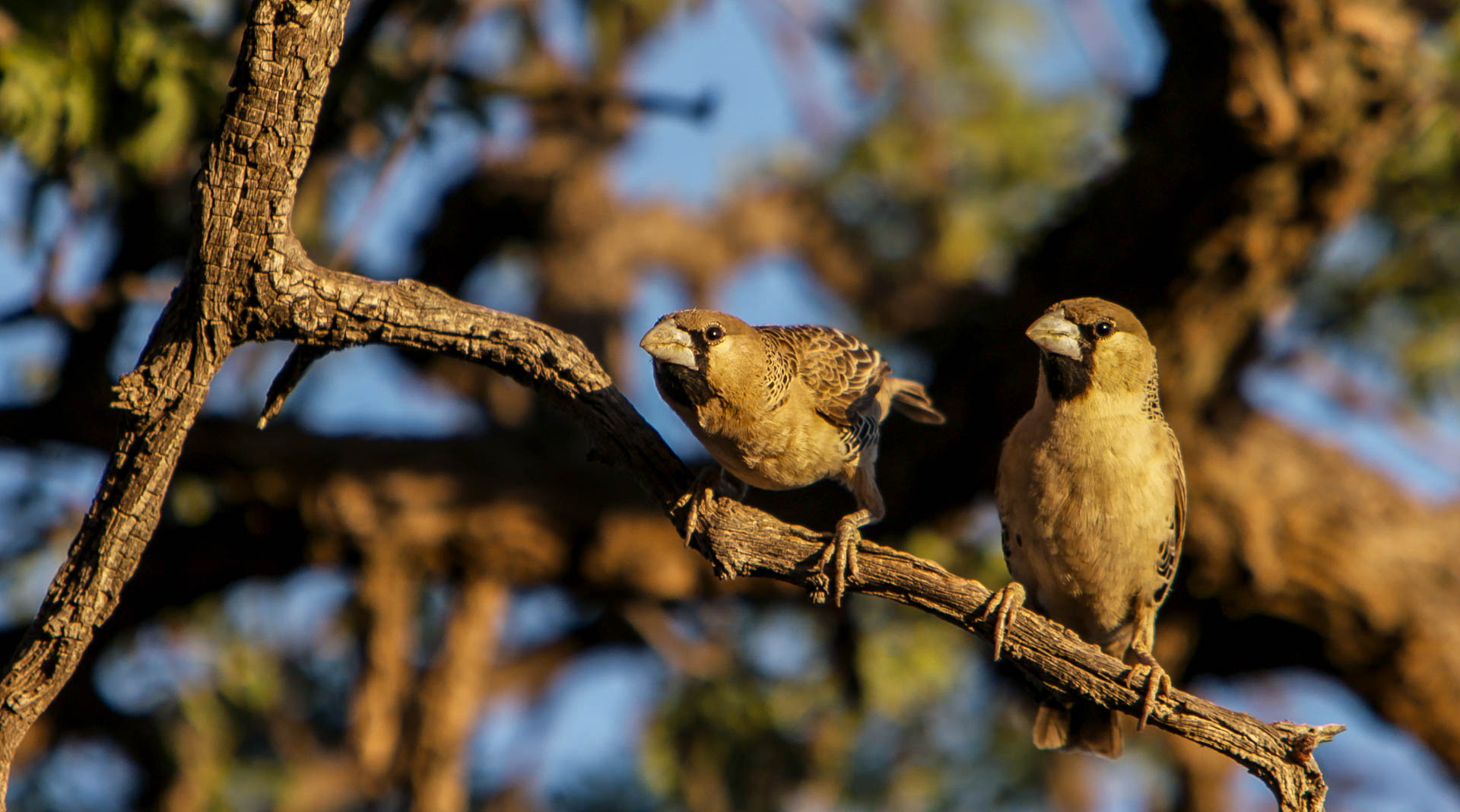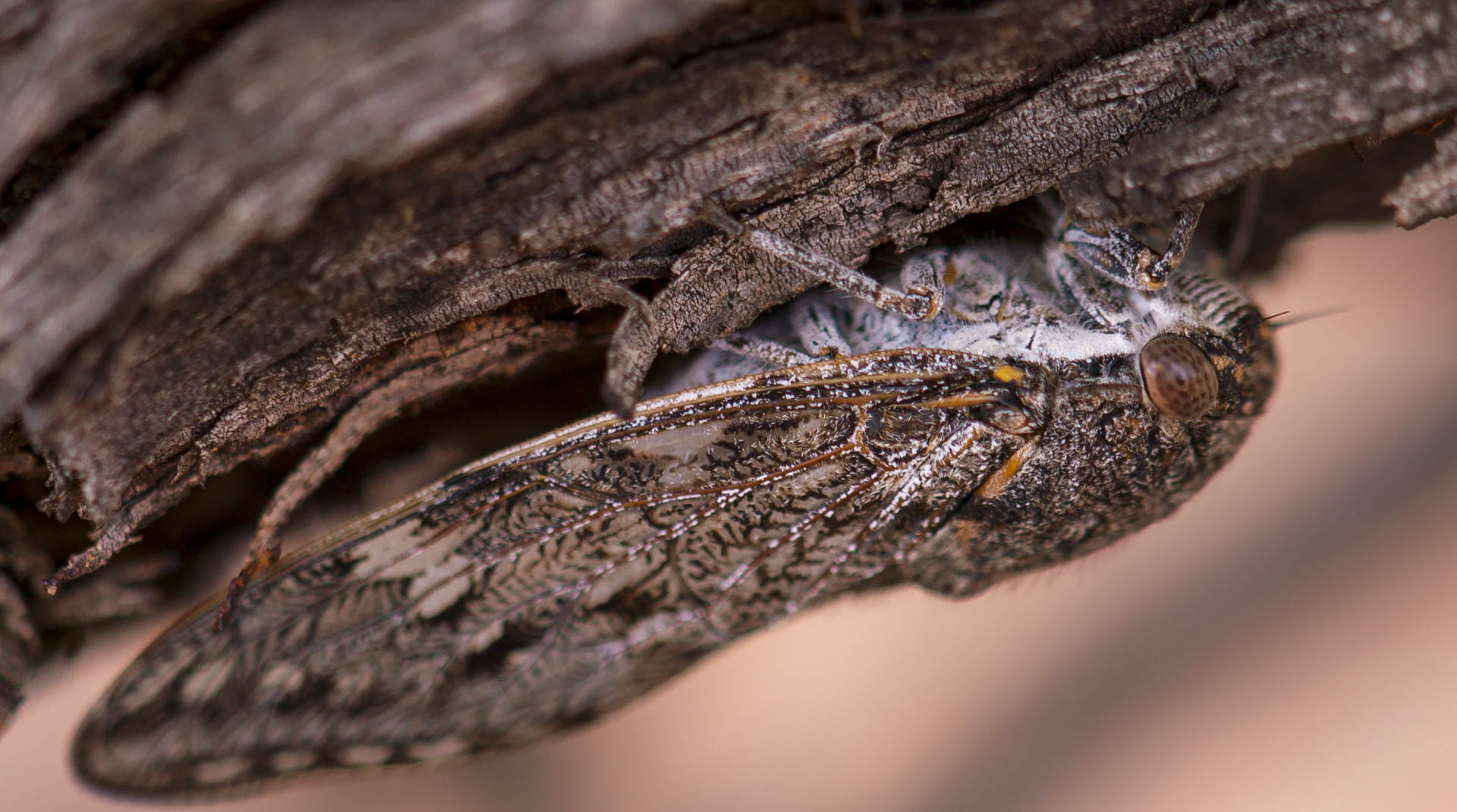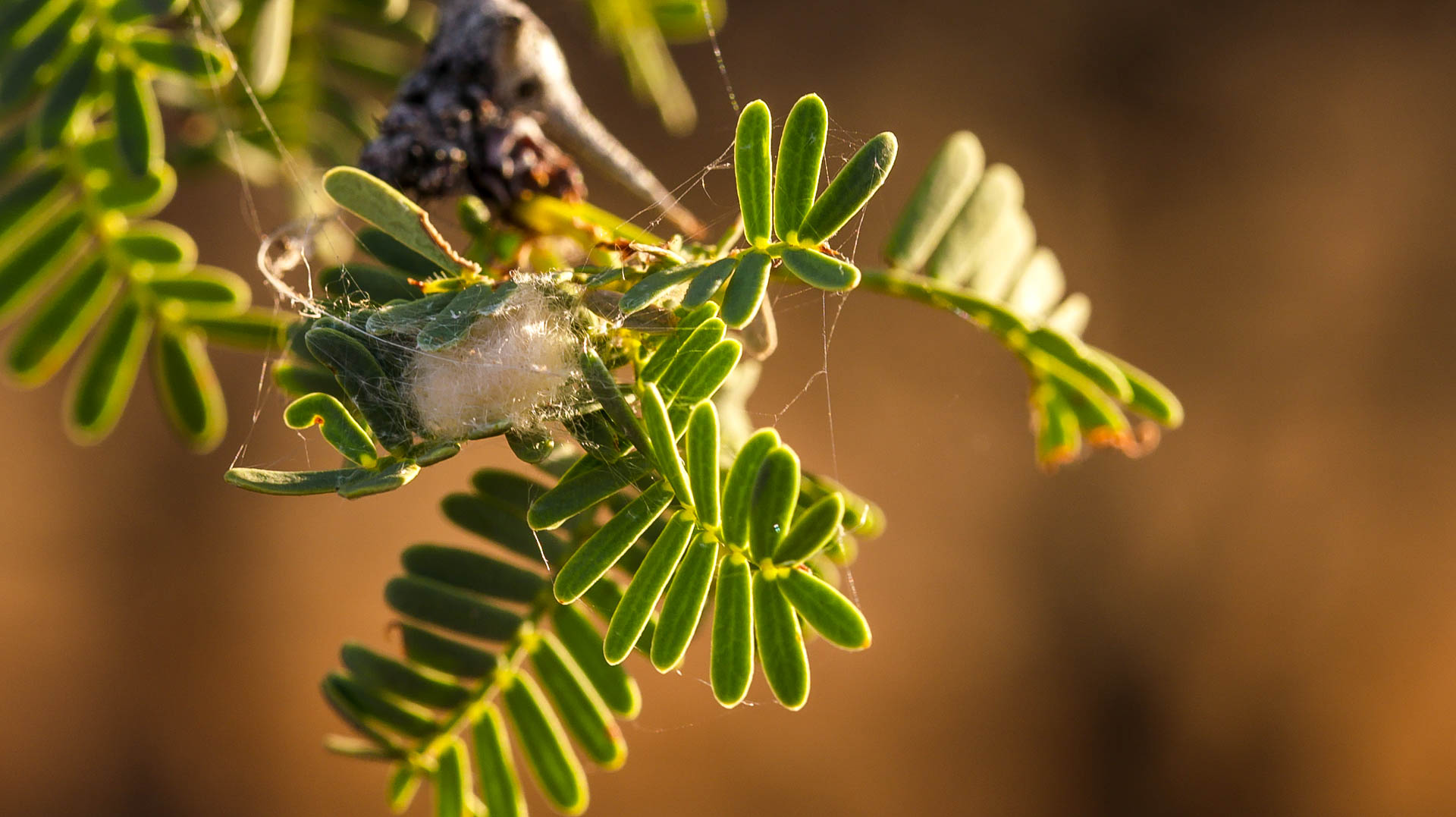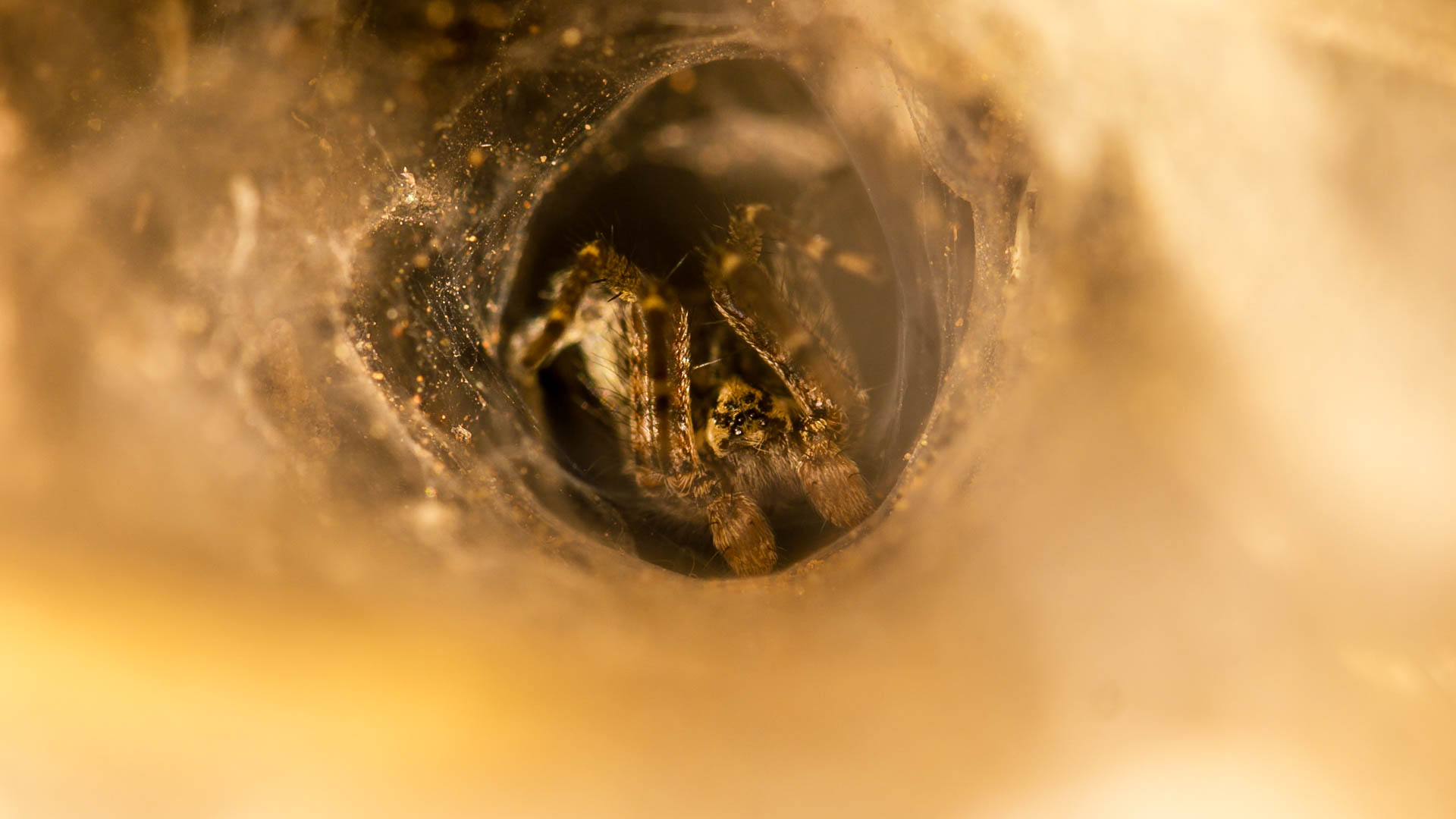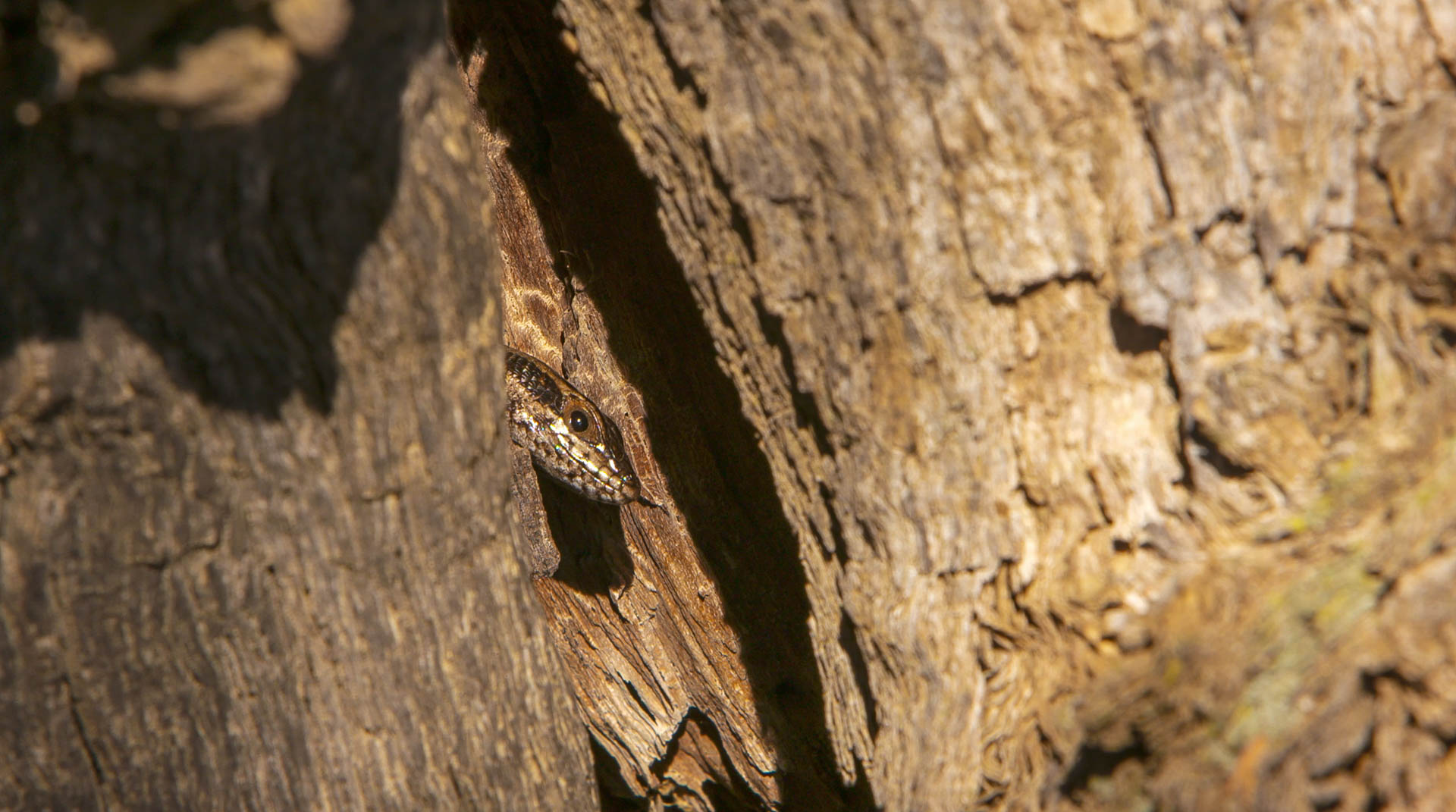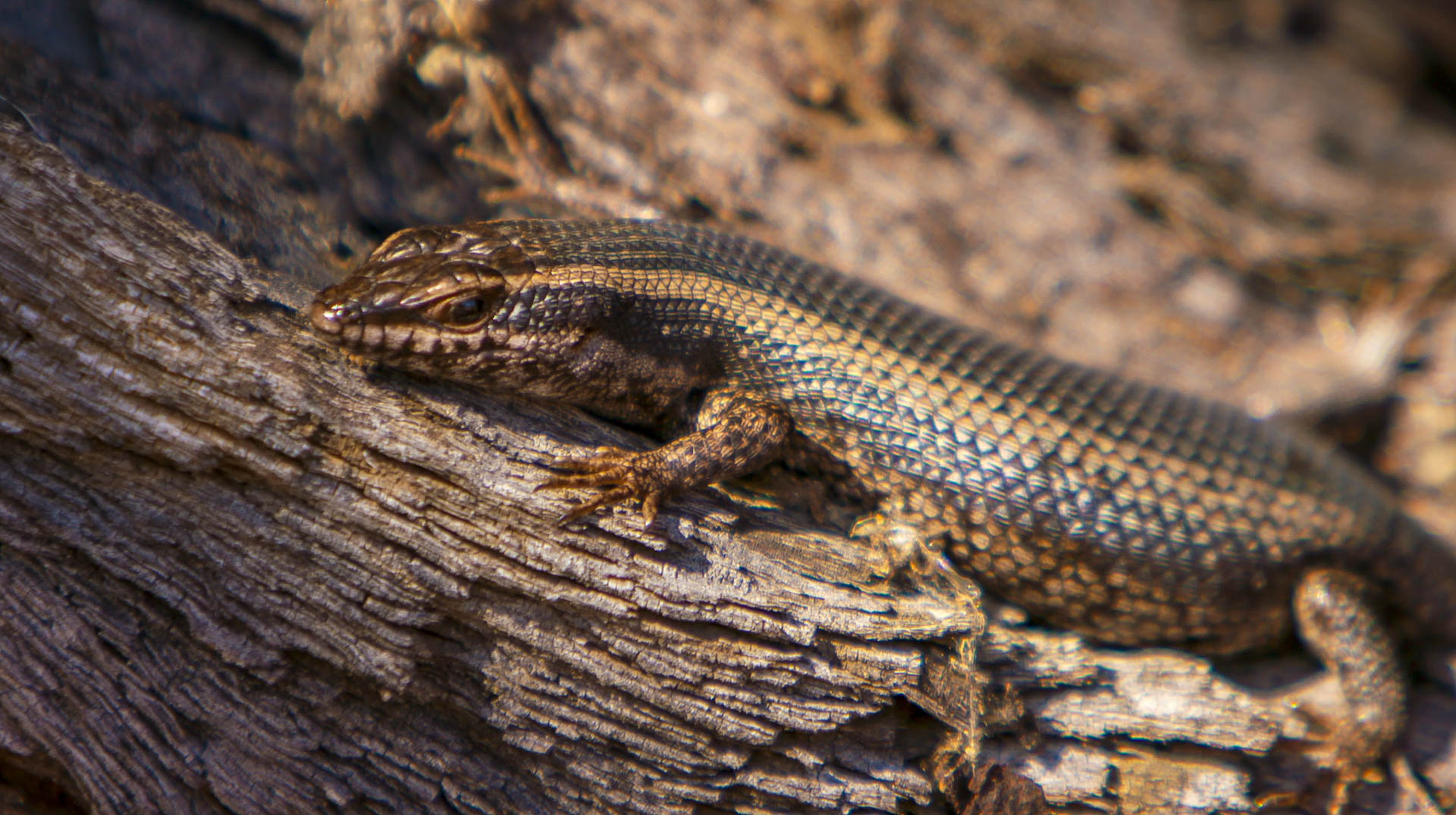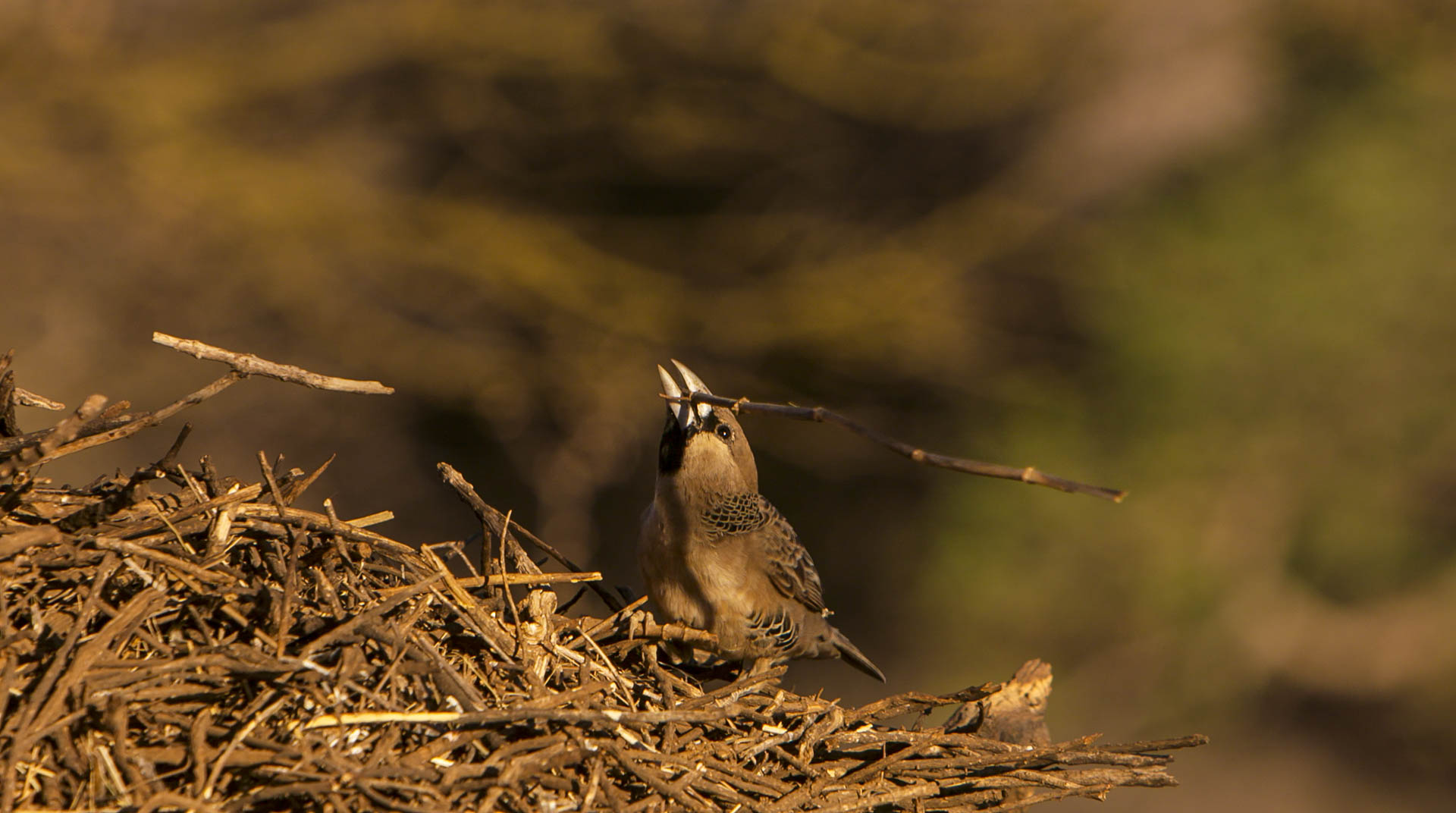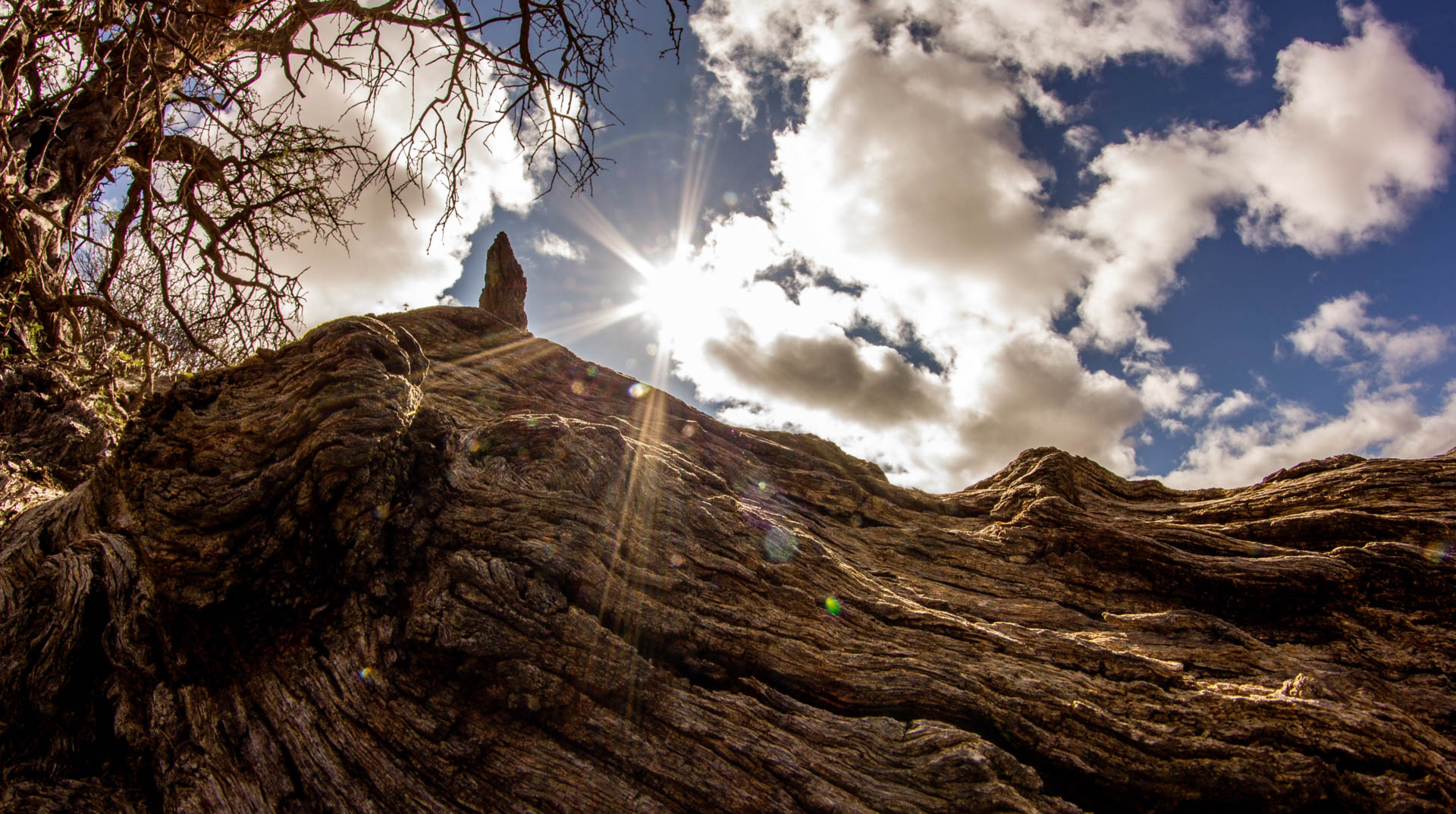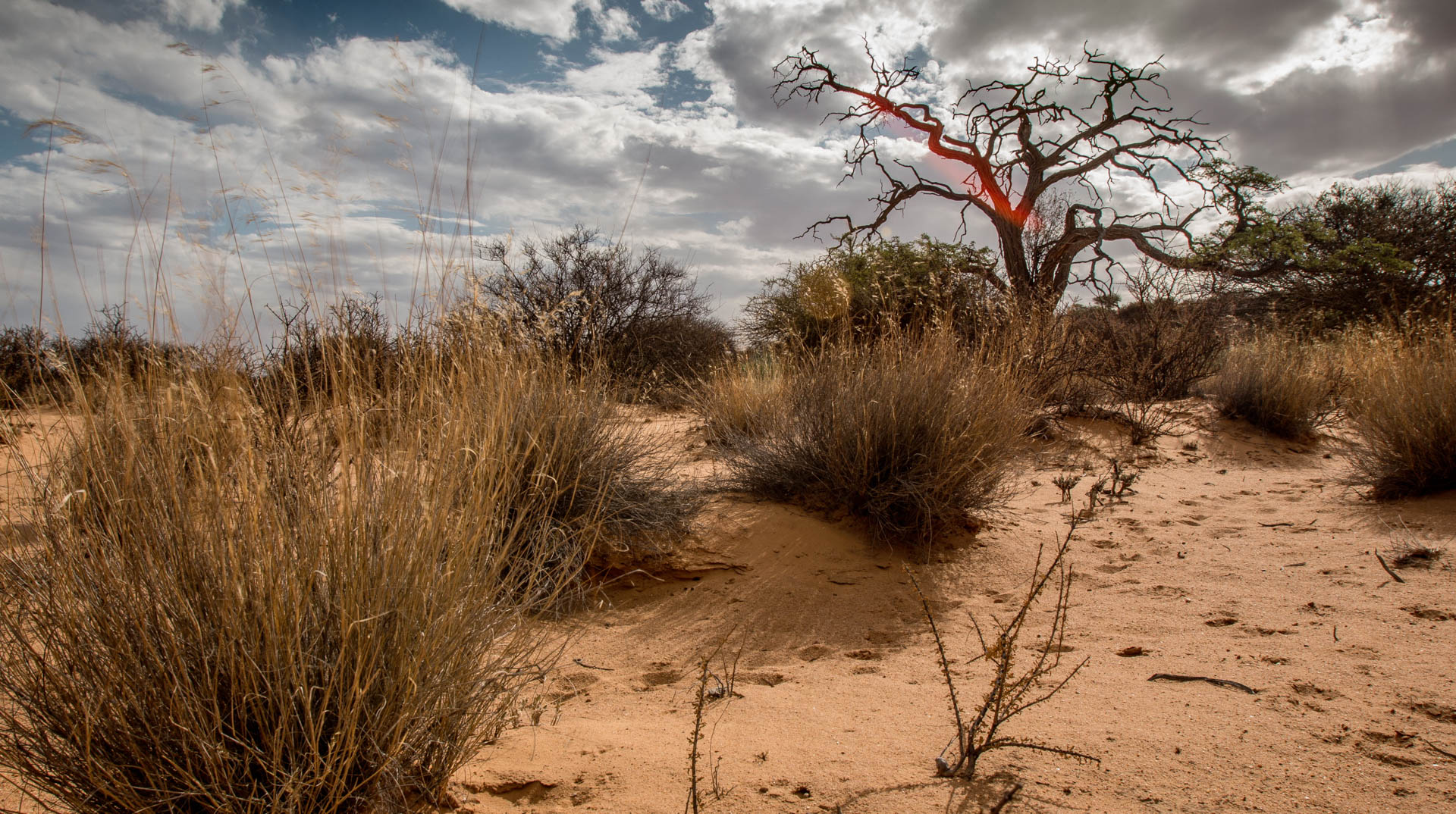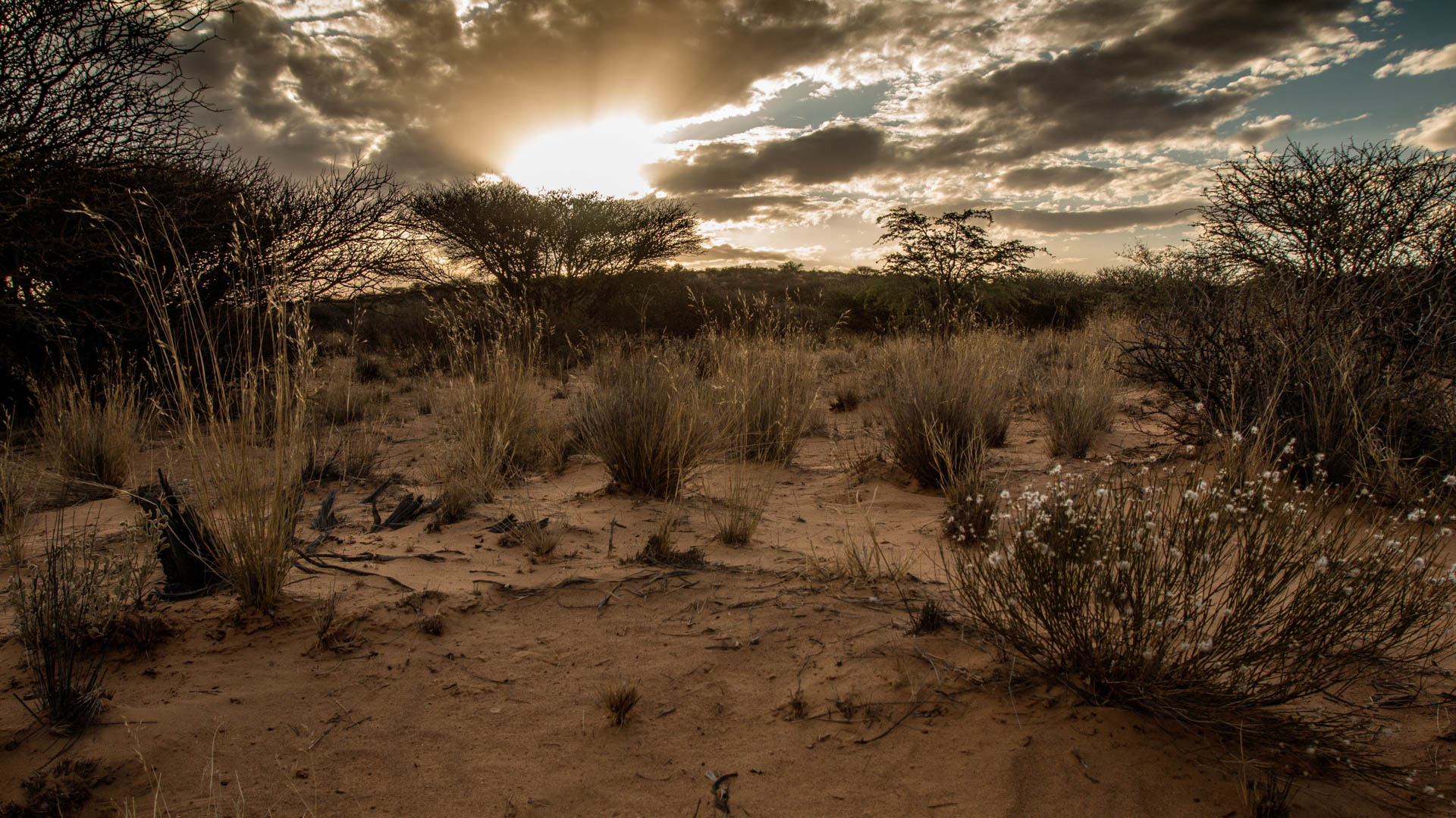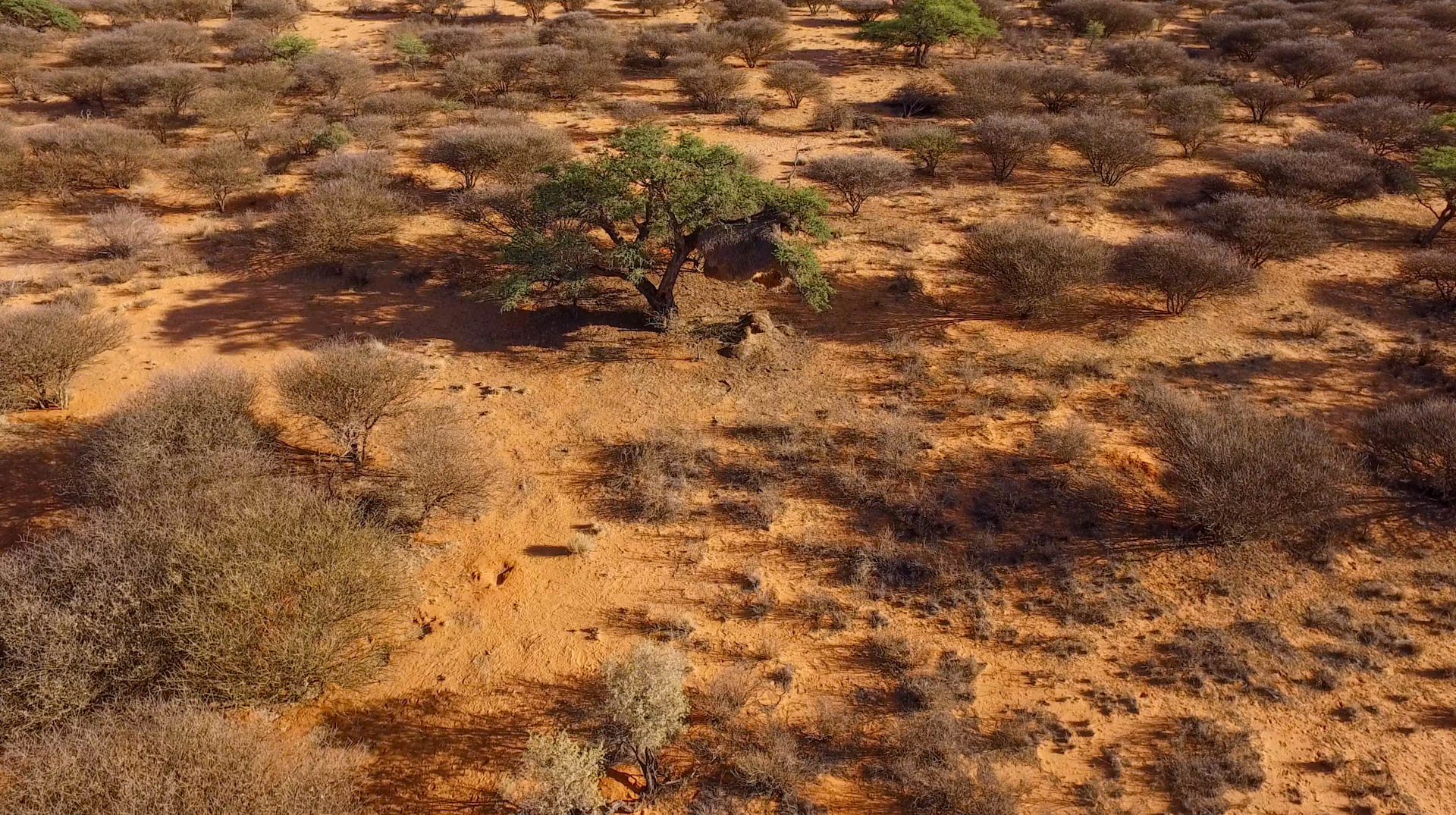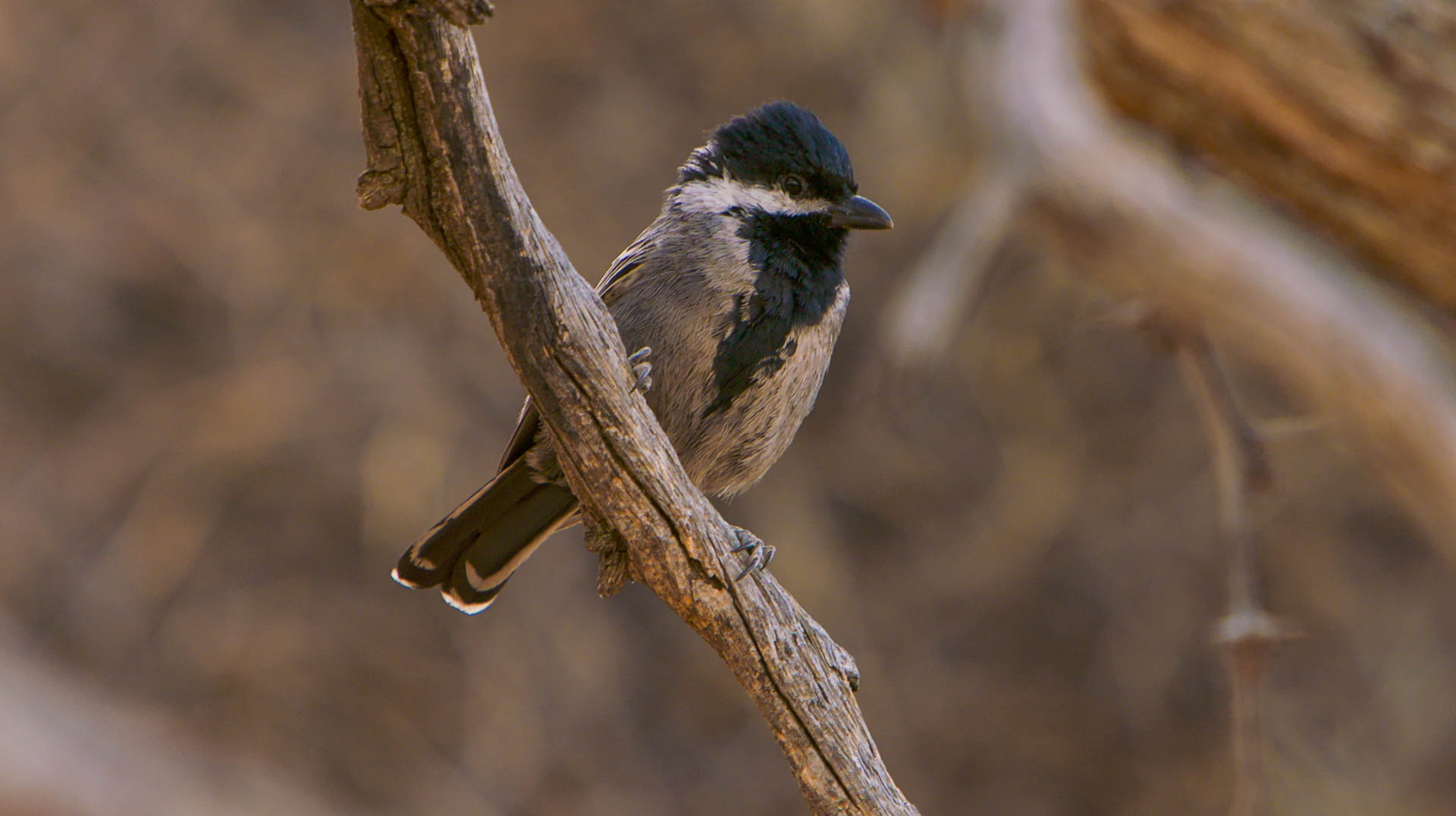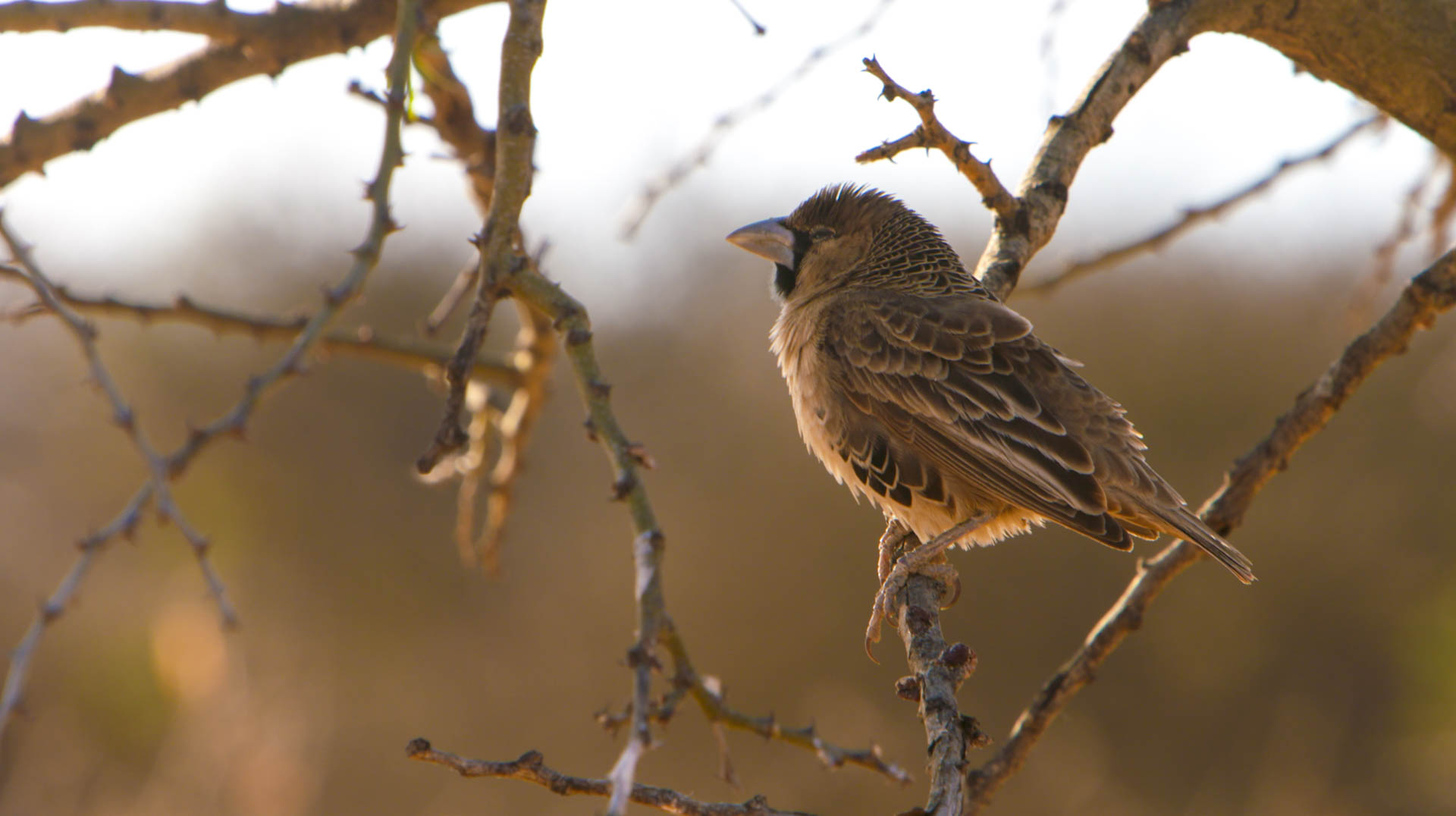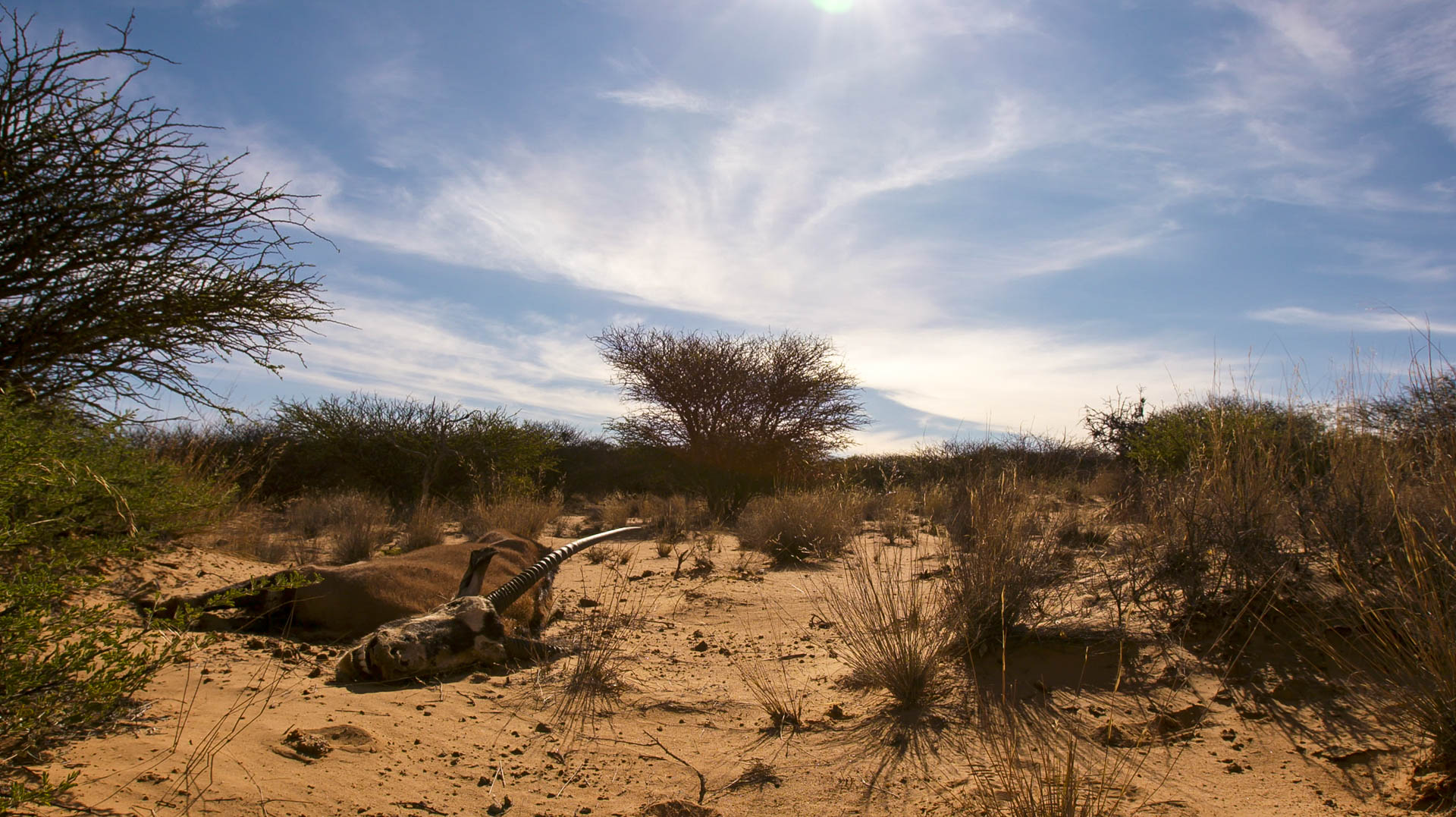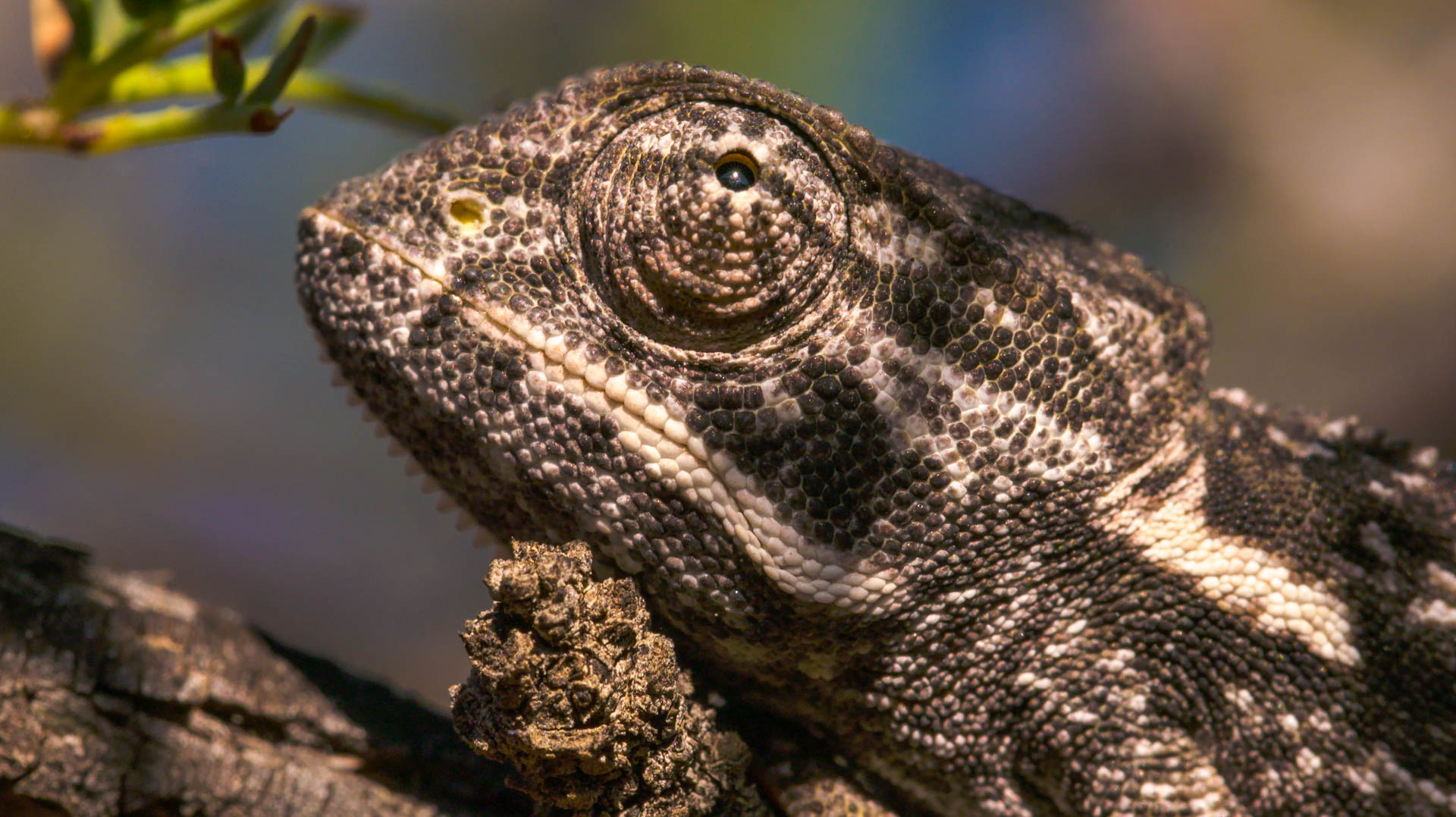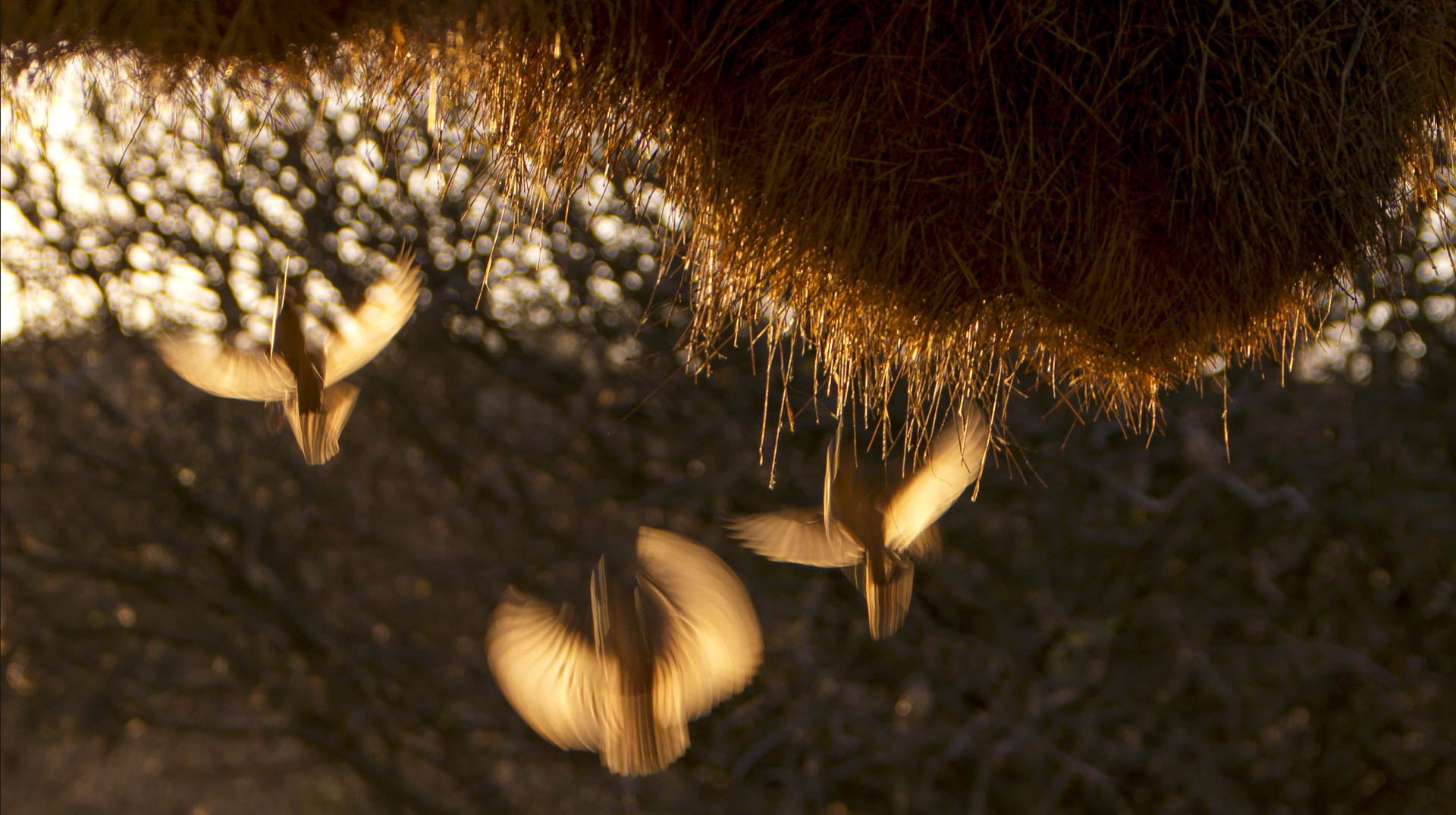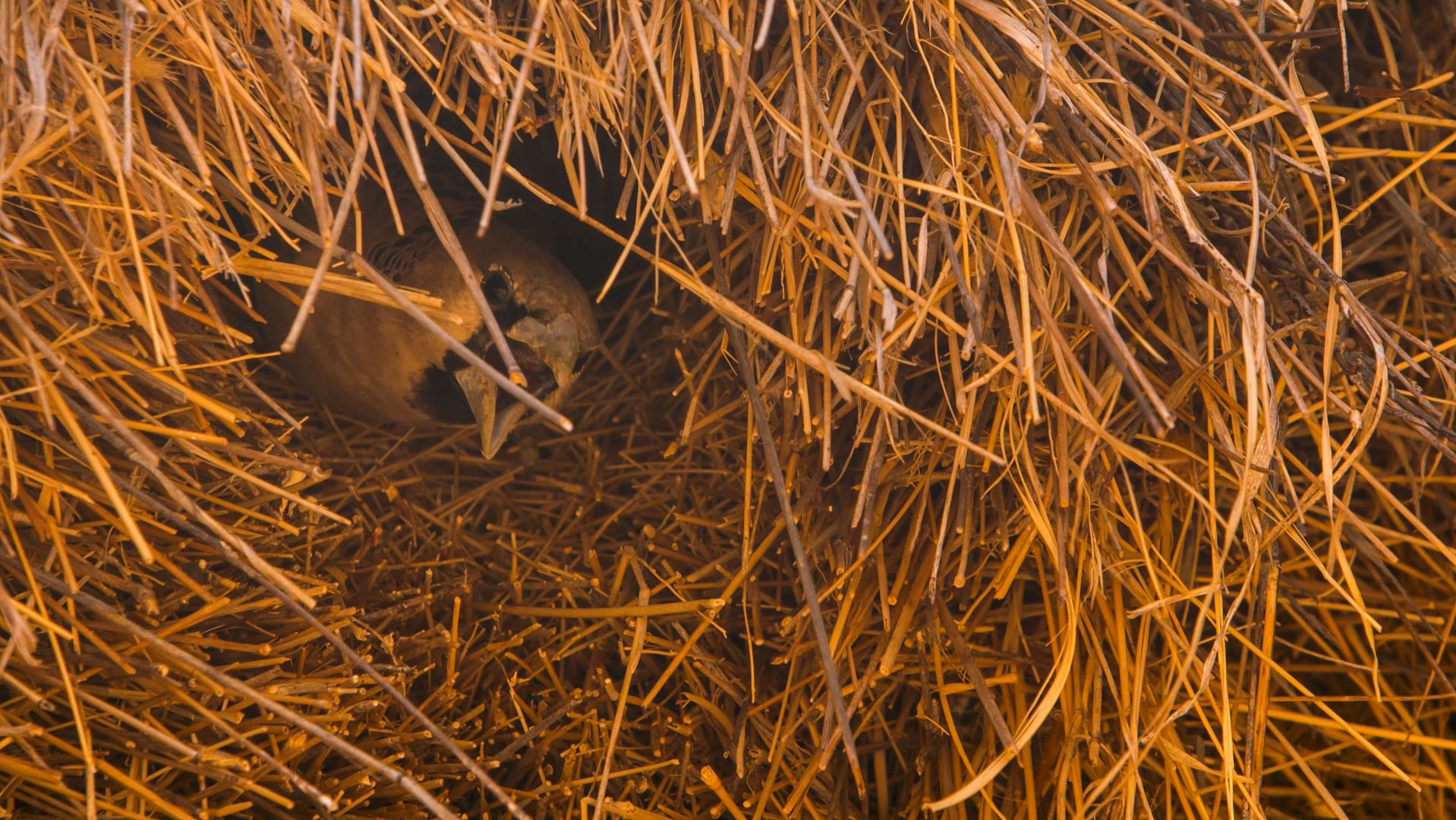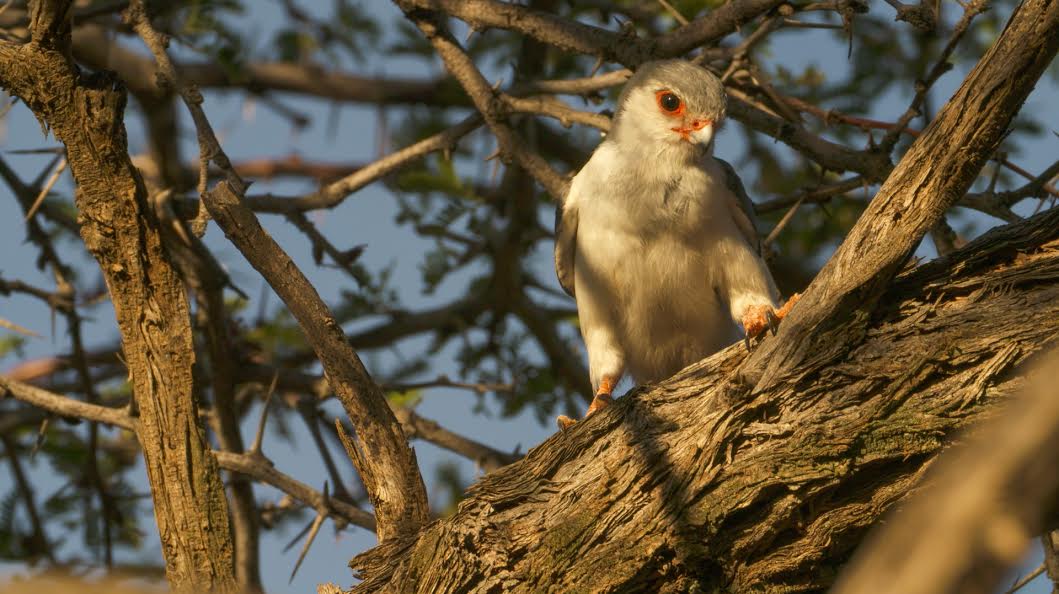Covering 900,000 square kilometres in southern Africa, this semi-arid desert is home to a large number of plant and animal species, at least larger than your average desert. Here, you’ll find a number of big cats as well as hyenas, wildebeest, antelopes and quite a few predatory birds. In terms of flora, there are beautiful acacia trees, native grasses, as well as the kiwano vine which sports the African horned melon—a source of water for thirsty animals during the desert’s dry seasons.
It can get quite hot in the Kalahari, with the average daily temperature sitting around 29°C during the warmest months, though it can reach up to 45°C (113°F) on really hot days. Certain parts of the Kalahari feature large underground water reserves, including the Dragon’s Breath Cave—the world’s largest known non-glacial subterranean lake. It’s thought that these reserves are leftover from when the Kalahari was dominated by the ancient Lake Makgadikgadi, which dried up about 10,000 years ago.
Our producers were in parts of the Kalahari shooting for an upcoming five-part series called Rooted, which focuses on iconic trees found in southern Africa and uncovers their relationships with the land and animals. These photos are from the very first episode, which follows the story of an old Camel Thorn tree, which houses a number of different birds, insects and mammals.

